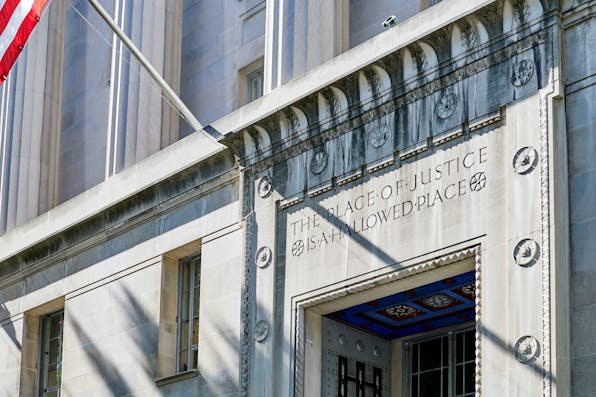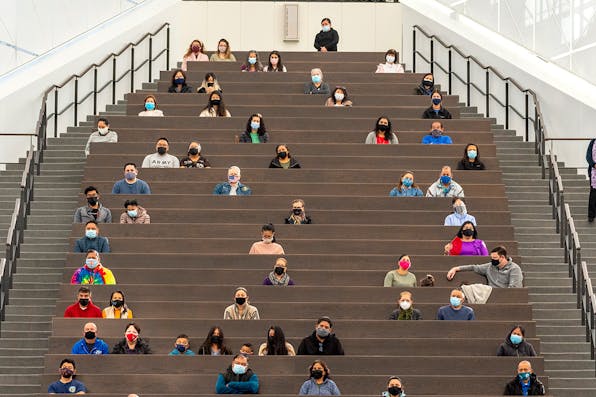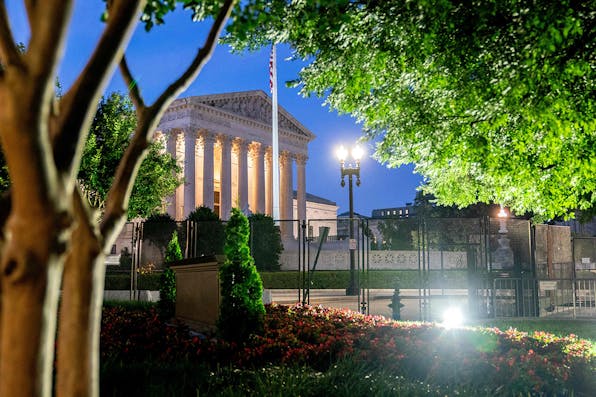
November 3, 2022
The Hydraulic Pressures on Religious Liberty
Do America's legal guarantees of religious liberty make it easier for legislatures to place a burden on religion in the first place?
I’m grateful to both Mark Rienzi and Devorah Goldman for their characteristically thoughtful replies. Each of them highlights the limits of my own proposals for reform, and the difficulties of achieving meaningful reform within a system of interrelated governmental and societal institutions.
Rienzi is exactly right: the modern administrative state’s threats to religious liberty cannot be remedied simply through reforms to administrative law. (Rienzi knows this both in practice and in theory—in his work as a constitutional litigator, but also as a constitutional scholar who has written insightfully on religious liberty in the administrative state.) Ultimately religious liberty itself needs to be given its full due.
“When one legal doctrine becomes unavailable to do its intended work, the hydraulic pressures of our constitutional system sometimes shift the responsibility to different doctrines.” That is how Justice Neil Gorsuch described the emerging “major-questions doctrine” in a dissenting opinion a few years ago. For Gorsuch, the Supreme Court’s unwillingness to enforce a “nondelegation doctrine”—preventing Congress from enacting statutes that effectively delegate open-ended lawmaking power to administrative agencies—had spurred the lower courts, and now the Supreme Court, to mitigate those overbroad delegations’ problems through other means, especially through the major-questions doctrine.


